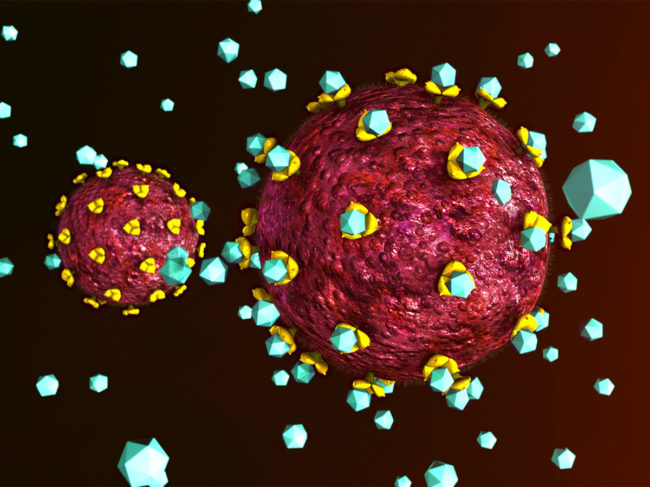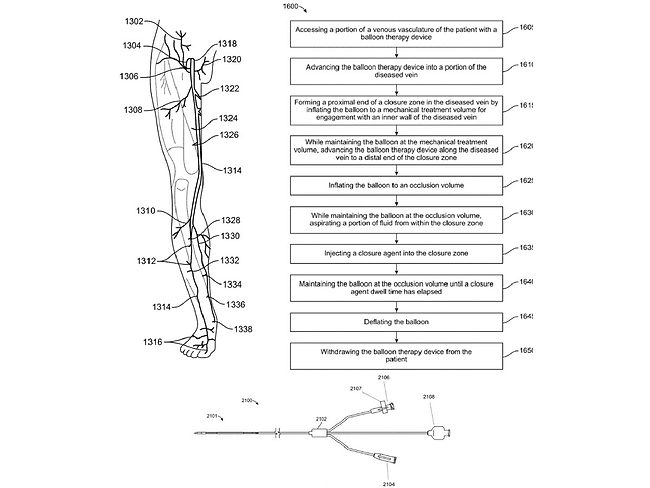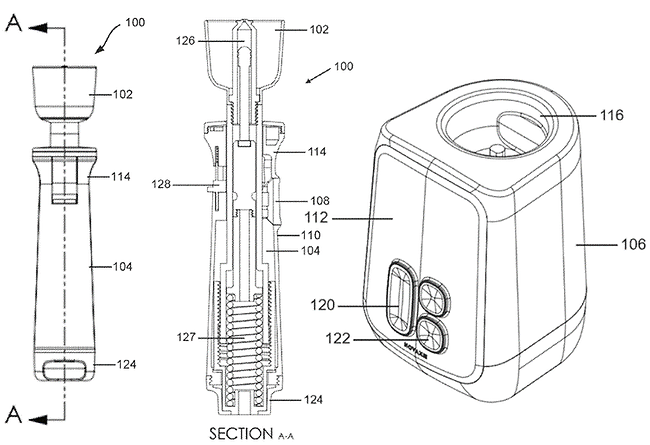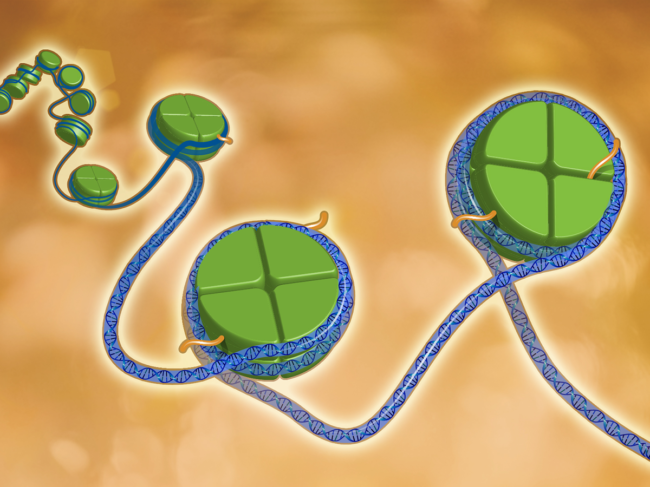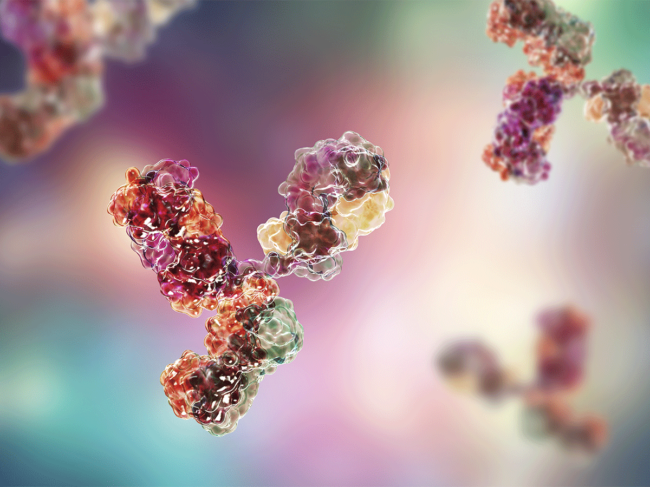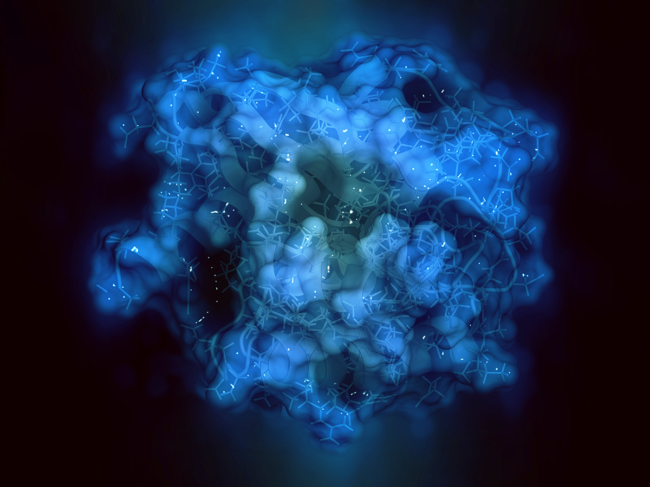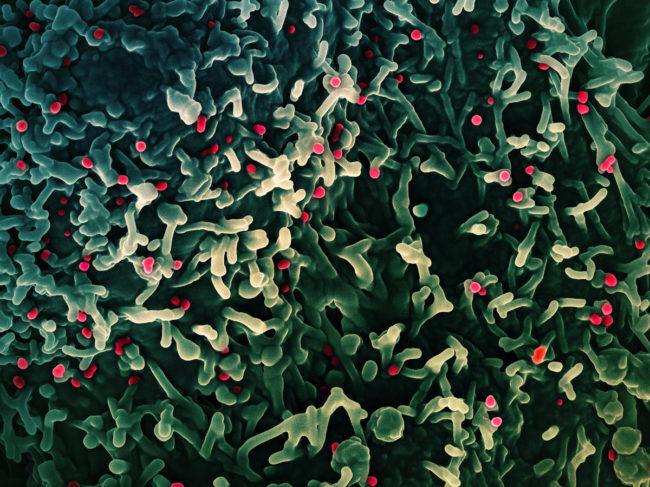
Drug design, drug delivery and technologies
Drug Design, Drug Delivery & Technologies
Zinc finger approach mutes the epigenome to reduce cholesterol
Read MoreDrug Design, Drug Delivery & Technologies
P450 family humanized mice improve drug metabolism predictions
Read MoreDrug Design, Drug Delivery & Technologies
Ono Pharmaceutical, Epsilon Molecular Engineering enter VHH antibody discovery collaboration
Read MoreDrug Design, Drug Delivery & Technologies
